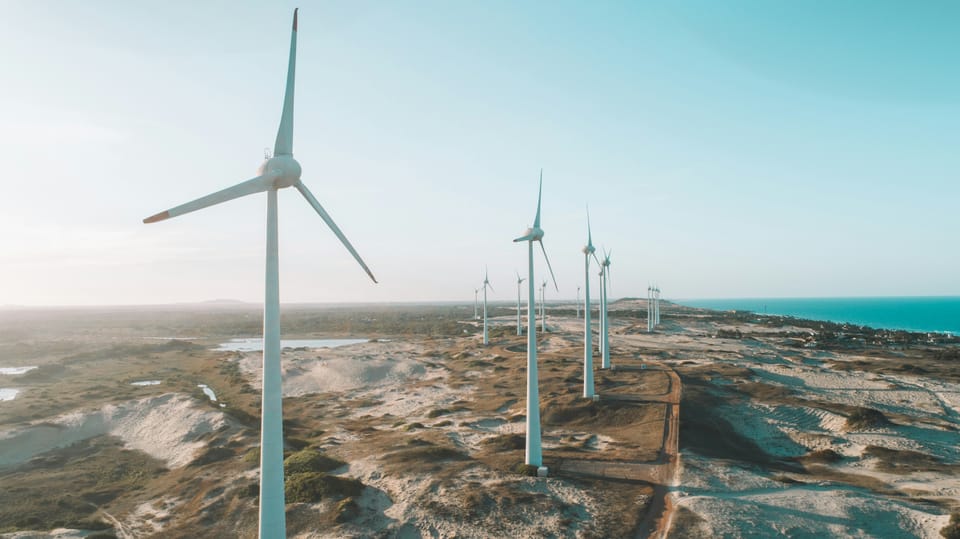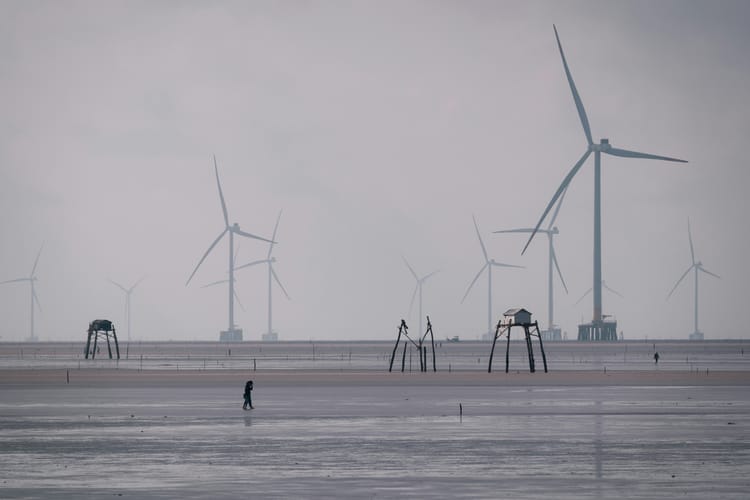2023 ‘best year’ for wind energy capacity

The global wind industry installed 117 GW of new wind power worldwide in 2023, a record high and a 50% increase from the previous year, according to the Global Wind Energy Council (GWEC).
Despite recent supply chain headwinds and historic losses in the wind sector, total wind generation capacity surpassed the milestone of 1 TW last year, and is now expected to reach 2 TW before 2030.
China and the US remained the world’s two largest markets for onshore wind developments, followed by Brazil, Germany and India – together, these five markets made up 82% of global new installations, collectively 9% higher than in 2022.
This is despite the fact that US wind developers experienced their worst year since 2014, with only 6.4 GW of onshore wind capacity added. This decline in the US was made up by “dramatic growth” in China and Brazil.
Meanwhile, 10.8 GW of new offshore wind was commissioned in 2023 (also led by China), bringing total capacity to 75.2 GW. Offshore wind additions were 24% higher than in 2022, making 2023 the second-highest year for new offshore wind capacity.
Now, GWEC Market Intelligence believes that 791 GW of new capacity could be added in the next five years (158 GW of new installations each year until 2028), thanks to “a favourable political environment”, including the acceleration of renewable development in Europe, the US Inflation Reduction Act and China’s target that non-fossil energy sources will account for over 80% of total energy consumption by 2060.
Annual wind installations still need to triple
At this pace, the industry will still fall short of the 3.5 TW needed by the same year to limit global warming to 1.5ºC based on a landmark report published at COP28.
GWEC’s 2024 Global Wind Report warns that annual installation growth needs to roughly triple to at least 320 GW over the course of this decade in order to meet clean energy needs.
“The areas of permitting, supply chain, finance and grids will remain key for forecast growth to materialise, and to ramp up growth beyond this for net zero,” said Feng Zhao, Head of Strategy and Market Intelligence at GWEC.
According to the report, reaching the goal of tripling renewables by 2030 will require meaningful action to build finance and investment to scale wind energy. “This will need an ‘all hands on deck’ approach to shift market design into models that incentivise large-scale renewable growth and, especially in the case of emerging markets and developing economies, to enhance public/private partnerships to mobilise investment.”
Beyond investment growth, the industry and policymakers will need to work together to enhance supply chains, system infrastructure and public consensus to set the conditions for a tripling of annual wind energy installations by 2030, GWEC added.







Member discussion